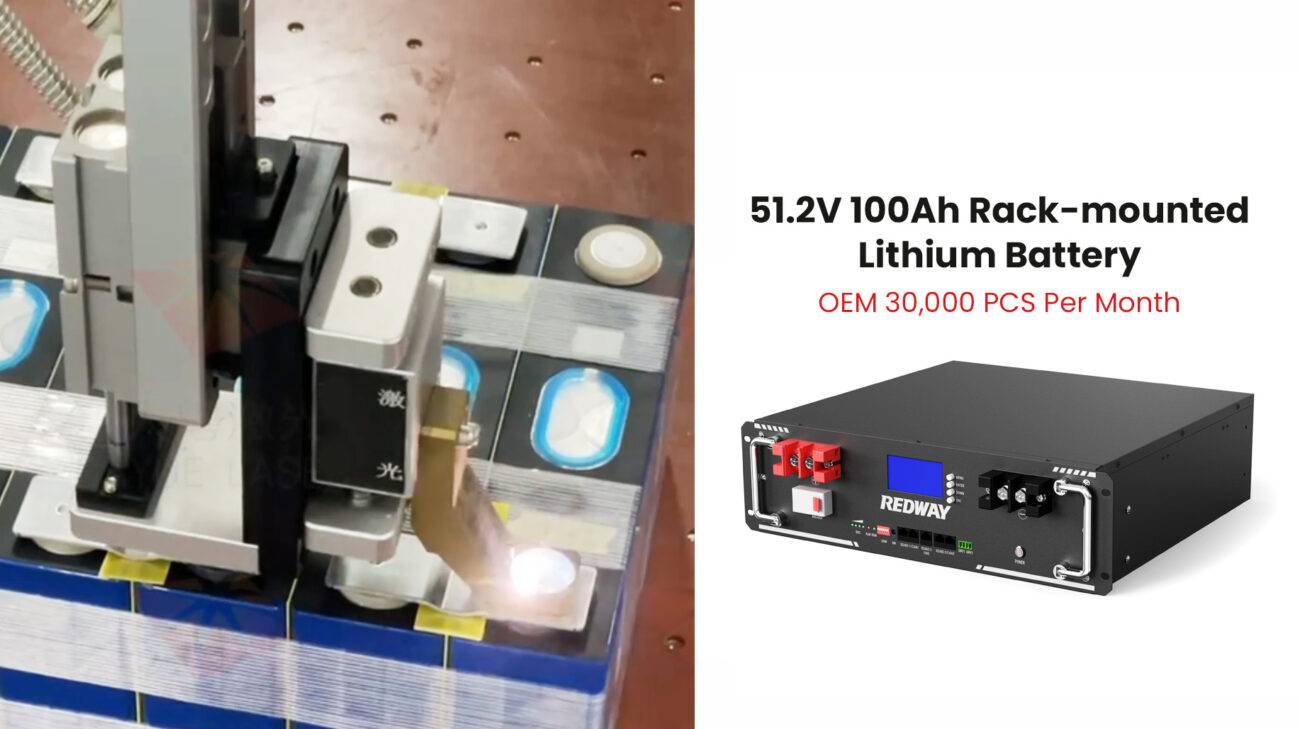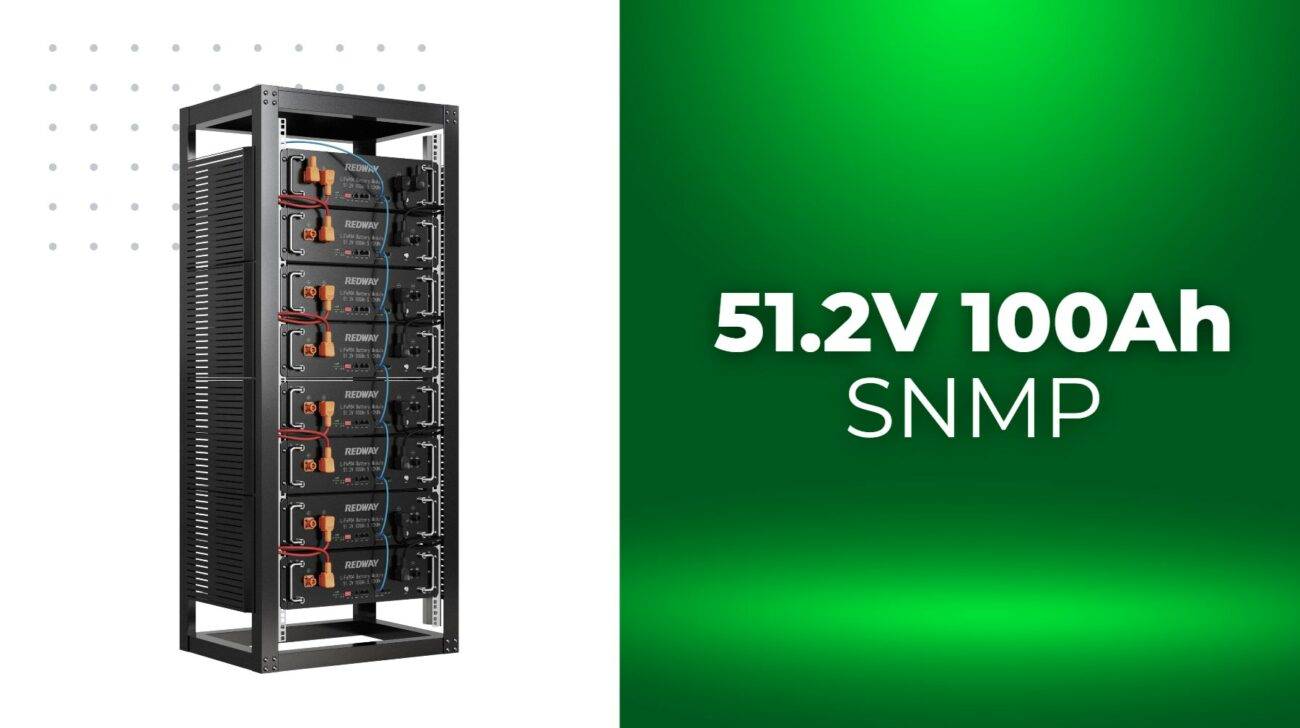- Forklift Lithium Battery
-
48V
- 48V 210Ah
- 48V 300Ah
- 48V 420Ah (949 x 349 x 569 mm)
- 48V 420Ah (950 x 421 x 450 mm)
- 48V 456Ah
- 48V 460Ah (830 x 630 x 590 mm)
- 48V 460Ah (950 x 421 x 450 mm)
- 48V 460Ah (800 x 630 x 600 mm)
- 48V 460Ah (820 x 660 x 470 mm)
- 48V 500Ah
- 48V 560Ah (810 x 630 x 600 mm)
- 48V 560Ah (950 x 592 x 450 mm)
- 48V 600Ah
- 48V 630Ah
-
48V
- Lithium Golf Cart Battery
- 12V Lithium Battery
12V 150Ah Lithium RV Battery
Bluetooth App | BCI Group 31
LiFePO4 Lithium
Discharge Temperature -20°C ~ 65°C
Fast Charger 14.6V 50A
Solar MPPT Charging - 24V Lithium Battery
- 36V Lithium Battery
- 48V Lithium Battery
-
48V LiFePO4 Battery
- 48V 50Ah
- 48V 50Ah (for Golf Carts)
- 48V 60Ah (8D)
- 48V 100Ah (8D)
- 48V 100Ah
- 48V 100Ah (Discharge 100A for Golf Carts)
- 48V 100Ah (Discharge 150A for Golf Carts)
- 48V 100Ah (Discharge 200A for Golf Carts)
- 48V 150Ah (for Golf Carts)
- 48V 160Ah (Discharge 100A for Golf Carts)
- 48V 160Ah (Discharge 160A for Golf Carts)
-
48V LiFePO4 Battery
- 60V Lithium Battery
-
60V LiFePO4 Battery
- 60V 20Ah
- 60V 30Ah
- 60V 50Ah
- 60V 50Ah (Small Size / Side Terminal)
- 60V 100Ah (for Electric Motocycle, Electric Scooter, LSV, AGV)
- 60V 100Ah (for Forklift, AGV, Electric Scooter, Sweeper)
- 60V 150Ah (E-Motocycle / E-Scooter / E-Tricycle / Tour LSV)
- 60V 200Ah (for Forklift, AGV, Electric Scooter, Sweeper)
-
60V LiFePO4 Battery
- 72V~96V Lithium Battery
- Rack-mounted Lithium Battery
- E-Bike Battery
- All-in-One Home-ESS
- Wall-mount Battery ESS
-
Home-ESS Lithium Battery PowerWall
- 24V 100Ah 2.4kWh PW24100-S PowerWall
- 48V 50Ah 2.4kWh PW4850-S PowerWall
- 48V 50Ah 2.56kWh PW5150-S PowerWall
- 48V 100Ah 5.12kWh PW51100-F PowerWall (IP65)
- 48V 100Ah 5.12kWh PW51100-S PowerWall
- 48V 100Ah 5.12kWh PW51100-H PowerWall
- 48V 200Ah 10kWh PW51200-H PowerWall
- 48V 300Ah 15kWh PW51300-H PowerWall
PowerWall 51.2V 100Ah LiFePO4 Lithium Battery
Highly popular in Asia and Eastern Europe.
CE Certification | Home-ESS -
Home-ESS Lithium Battery PowerWall
- Portable Power Stations
How Rack Mount Lithium Batteries Are Revolutionizing Energy Storage Solutions

Rack mount lithium batteries are transforming energy storage solutions by providing high performance, safety, and scalability. These systems are ideal for various applications, including data centers, renewable energy storage, and backup power solutions, making them a popular choice for both commercial and residential use.
What are rack mount lithium batteries?
Rack mount lithium batteries are energy storage solutions designed to fit into standard 19-inch server racks. They utilize lithium-ion technology, specifically lithium iron phosphate (LiFePO4), which offers advantages such as improved safety, longer cycle life, and higher energy density compared to traditional lead-acid batteries. These batteries can be easily integrated into existing infrastructures, making them versatile for various applications.Chart: Key Specifications of Rack Mount Lithium Batteries
| Specification | Value |
|---|---|
| Voltage | Typically 48V |
| Capacity | Varies (e.g., 100Ah) |
| Chemistry | Lithium Iron Phosphate |
| Cycle Life | Up to 3,500 cycles |
| Dimensions | Standard 19-inch rack |
What are the advantages of rack mount lithium battery solutions?
Rack mount lithium battery solutions offer several advantages:
- Space Efficiency: Designed to occupy minimal floor space while maximizing vertical storage.
- Scalability: Modular design allows for easy expansion by adding more units as needed.
- High Energy Density: Provides more power in a smaller footprint compared to lead-acid alternatives.
- Longer Lifespan: Typically lasts longer than traditional batteries, reducing replacement frequency and costs.
- Enhanced Performance: Offers faster charging times and better discharge rates.
Chart: Advantages Overview
| Advantage | Description |
|---|---|
| Space Efficiency | Maximizes vertical space usage |
| Scalability | Easily expandable to meet growing energy demands |
| High Energy Density | More power in a compact design |
| Longer Lifespan | Reduces replacement frequency |
| Enhanced Performance | Faster charging and better discharge rates |
How do rack mount lithium batteries improve energy efficiency?
Rack mount lithium batteries enhance energy efficiency through several mechanisms:
- Higher Charge Efficiency: They typically have charge efficiencies greater than 95%, meaning less energy is wasted during charging.
- Lower Self-Discharge Rates: These batteries lose less charge when not in use compared to lead-acid counterparts.
- Optimized Power Management: Many systems come with advanced Battery Management Systems (BMS) that monitor and optimize performance, ensuring that energy is used effectively.
Chart: Energy Efficiency Comparison
| Battery Type | Charge Efficiency (%) | Self-Discharge Rate (%) |
|---|---|---|
| Rack Mount Lithium | >95% | <3% per month |
| Lead-Acid | 70-80% | 10-20% per month |
What safety standards do these batteries meet?
Rack mount lithium batteries adhere to rigorous safety standards to ensure reliable operation:
- UL Certification: Many models are certified by Underwriters Laboratories (UL), indicating they meet specific safety requirements.
- CE Marking: Compliance with European health, safety, and environmental protection standards.
- RoHS Compliance: Ensures that hazardous substances are minimized in manufacturing processes.
- BMS Safety Features: Built-in protections against overvoltage, overcurrent, and thermal runaway.
These certifications provide assurance that the products have been tested for safety and reliability.Chart: Safety Standards Overview
| Standard | Description |
|---|---|
| UL Certification | Meets specific safety requirements |
| CE Marking | Compliance with European standards |
| RoHS Compliance | Minimizes hazardous substances |
| BMS Safety Features | Protects against overvoltage and thermal issues |
What applications benefit from rack mount lithium battery systems?
Rack mount lithium battery systems can be utilized across various sectors:
- Data Centers: Provide backup power for critical IT infrastructure.
- Renewable Energy Systems: Store excess energy generated from solar or wind sources for later use.
- Telecommunications: Ensure reliable power for communication equipment during outages.
- Industrial Applications: Support high-demand equipment requiring stable power supply.
These applications highlight the versatility and reliability of rack mount lithium battery solutions.Chart: Application Suitability
| Application Type | Best Suited For |
|---|---|
| Data Centers | Backup power for IT infrastructure |
| Renewable Energy Systems | Solar/Wind energy storage |
| Telecommunications | Powering communication equipment |
| Industrial Applications | Supporting high-demand equipment |
Industrial News
The market for rack-mounted lithium batteries is expanding rapidly as industries increasingly adopt renewable energy sources and seek efficient power solutions. Recent innovations focus on improving battery performance metrics such as cycle life, charging speed, and overall safety features. Companies like Coremax and BSLBATT continue to lead advancements in this field, providing robust solutions tailored to meet diverse customer needs.
Redway Power Expert Views
“Rack-mounted lithium battery systems represent a significant shift in how we approach energy storage,” states a Redway Power expert. “Their combination of efficiency, scalability, and safety makes them an ideal choice for businesses looking to enhance their operational resilience while embracing sustainable practices.”
FAQ Section
Q1: What is a rack-mounted lithium battery?
A1: A rack-mounted lithium battery is an energy storage solution designed to fit into standard server racks, providing efficient power management for various applications.Q2: How long do these batteries last?
A2: Rack-mounted lithium batteries typically have a cycle life of up to 3,500 cycles under optimal conditions.Q3: Are there any special installation requirements?
A3: Yes, ensure proper ventilation during installation and secure all connections tightly.Q4: Can I use these batteries in extreme temperatures?
A4: While they perform well in moderate temperatures, extreme conditions can affect their efficiency.Q5: How do I maintain my rack-mounted battery system?
A5: Regularly monitor voltage levels, clean terminals, and check operating temperatures.




















